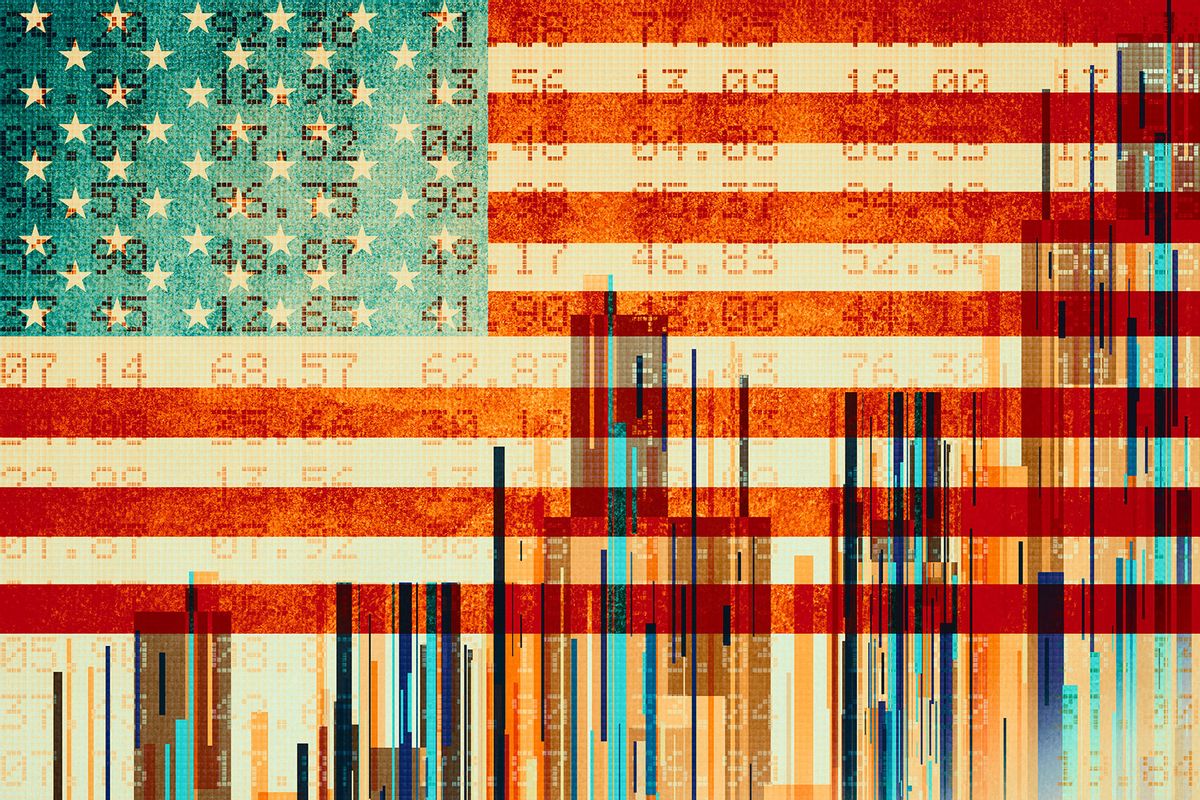Donald Trump’s shocking Election Day victory wasn’t the only comeback on Election Day. The polling industry, which suffered serious black eyes after drastically understating Trump’s support in both the 2016 and 2020 contests, came through in 2024 by correctly gauging the extent to which voters would cast their ballots for the president elect.
“Polls did pretty well, and performance seems to be getting better as the vote-counting continues,” Dr. Christopher Wlezien, a professor of government at the University of Texas in Austin, told Salon. “Using the final FiveThirtyEight numbers, national polls appear to be off by 2.3% points and polls in swing states about 2.5% on average. These are below average errors, e.g., the average error in the last week’s polls for all presidential elections between 1952 and 2020 is 2.5%.”
The bad news for the polling industry is that, to the extent that the polls were off, it was once again by understating Trump’s support. Yet this time there is an important difference: The polls were only off to the degree that one expects during massive contests such as a presidential election. Like all surveys attempting to accurately measure public opinion, polls depend on selecting a representative sample of the population in question. Some will certainly get it closer than others — at the time of this writing, for example, the polling firms J. L. Partners and Atlas Intel seem to have forecasted better than their peers — but, as nothing is certain in life, it is virtually impossible to be 100 percent accurate.
For that reason, Wlezien explained, even the largest and most rigorously researched surveys acknowledge an area of uncertainty in their math. For the most part, the polls that understated Trump’s support did so within those parameters.
“The key characteristic is a decline in the Democratic vote, not an increase in the Republican, suggesting that Democrats were unable to reassemble the winning coalition from 2020.”
“They still understated Trump vote share consistently, which is as we’ve seen before, and this led to some incorrect ‘calls’ in some states and possibly the nation, depending on where we end up,” Wlezien said. “But it’s obviously hard to get the winner right when contests are so close even when polls are performing very well.”
Chris Jackson, the senior vice president at the polling firm Ipsos, told Salon that it’s too early to definitively assess how close the polls were, given that states like California, Nevada, Arizona and Maine are still counting the results. Nevertheless, some details are pretty clear.
“Pre-election polls clearly showed that a Trump victory was well within the realm of possibility and it would only take a slight advantage for him to sweep most of the battleground states considering how closely they track together,” Jackson said.
Want more health and science stories in your inbox? Subscribe to Salon's weekly newsletter Lab Notes.
When all of the votes have been tabulated, Trump is likely to gain the popular vote as well as the Electoral College, albeit by a smaller percentage margin than other recent presidential winners such as Barack Obama in 2008 and 2012 or Joe Biden in 2020. Trump’s current 2024 margin is just over 1.5 percent, although that will shrink as more votes from heavily Democratic California are counted. By contrast, Obama won popular vote margins of 7.2 percent and 3.9 percent, while Biden bested Trump by 4.5 percent. Biden also won more than 81.2 million votes, much higher than the roughly 77 million votes Trump will ultimately accrue (compared to roughly 75 million votes for Harris).
“This election appears to be more of a response to the aftermath of the pandemic and inflation,” Jackson said. “The key characteristic is a decline in the Democratic vote, not an increase in the Republican, suggesting that Democrats were unable to reassemble the winning coalition from 2020.”
Unlike past presidents who caused massive voter realignments which were reflected in overwhelming popular mandates — the most recent examples are Franklin Roosevelt in 1932 and Ronald Reagan in 1980 — Trump did not sweep every region and demographic. Just as swing voters spurned the George W. Bush administration in 2008 and Donald Trump’s own first term in 2020 because they were upset about the economy (and rallied behind Barack Obama in 2012 because of economic recovery following the 2008 housing crash), so too did they spurn President Joe Biden and Vice President Kamala Harris due to rampant inflation.
Once again, that vindicates the polling industry. The polls showed voters' foremost concern was the economy consistently and repeatedly for months leading up to the election.
“About what happened on Election Day, outcomes always involve referendum judgments and choice, and it looks like the former, say, as reflected in low presidential approval ratings, carried the day this time, though there’s more work to do here parsing what voters did and why,” Wlezien said. “There appears to be interesting and surprising variation across groups that can be seen in the exit poll results.”
He added, “Again, it is too early to fully understand poll accuracy. However, polls that used voter files or other tools to more closely tie the data to the electorate appear to have performed better.”
For his part, Wlezien is curious about why certain methodologies were more effective this time around. After all, pollsters who want to repeat their successes in 2024 will need to learn from what they did right this time.
“I’m interested to see what we can glean from information about what polling organizations did to produce their estimates and whether and how this impacted their results and performance, which also might help us understand the tendency to understate Trump vote shares,” Wlezien said.
Read more
about the science of polling:



Shares